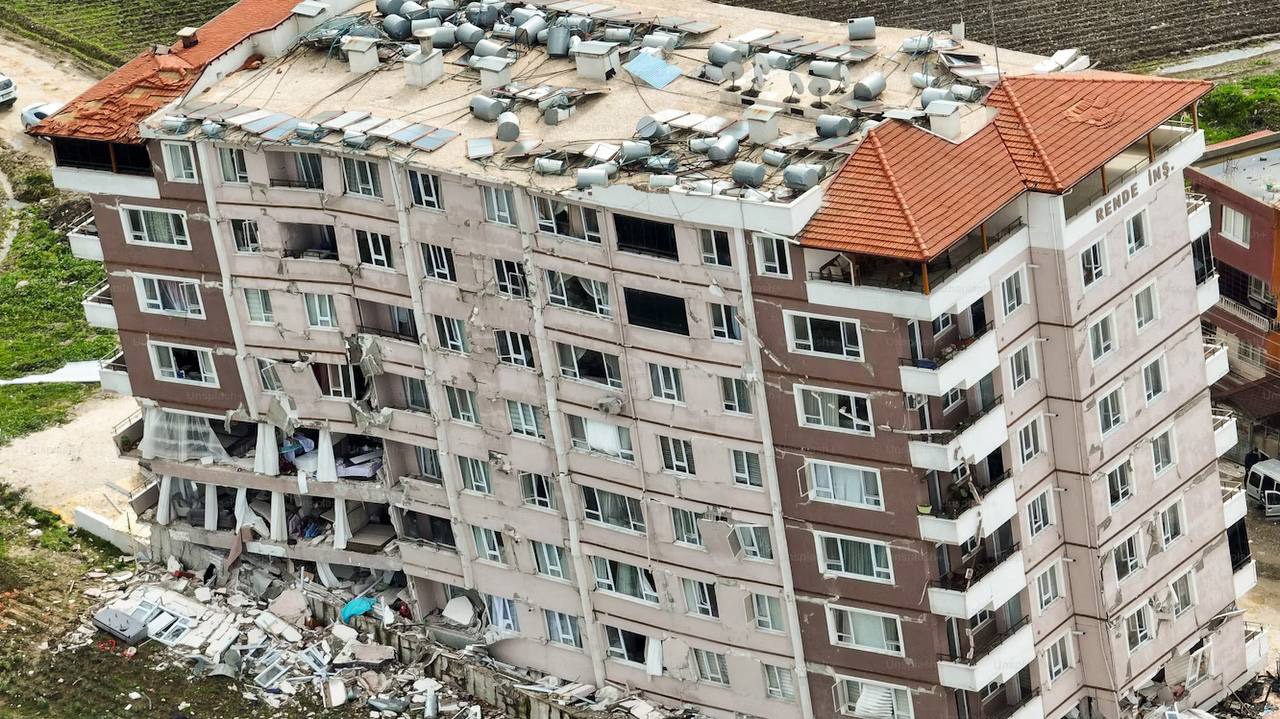Amirreza Torabizadeh:
My inspiration
 A residential building severely tilted and partially collapsed following a destructive earthquake. Credit: Onur Burak Akın.
A residential building severely tilted and partially collapsed following a destructive earthquake. Credit: Onur Burak Akın.
How can computational mechanics be used to assess damage from earthquakes and environmental stressors in aging concrete structures, supporting timely and effective retrofitting?
I was born and raised in Bushehr, a coastal town in the southernmost part of Iran, a region historically rich yet tragically vulnerable to earthquakes and environmental stressors.
Growing up witnessing the catastrophic consequences of seismic events across Iran, including countless lives lost and invaluable heritage destroyed, profoundly shaped my ambitions. Each earthquake reminded me of the urgent need for resilient infrastructure to safeguard human lives and preserve cultural legacies.
This lifelong awareness inspired my pursuit of earthquake engineering research, aiming to develop advanced predictive simulation tools to proactively protect vulnerable structures before disaster strikes, ultimately saving both lives and history.

